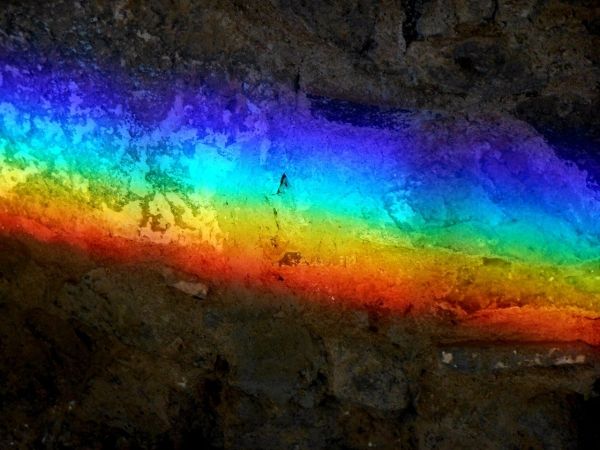New research from Tel Aviv University will allow cameras to recognize colors that the human eye and even ordinary cameras are unable to perceive.
The technology makes it possible to image gases and substances such as hydrogen, carbon and sodium, each of which has a unique color in the infrared spectrum, as well as biological compounds that are found in nature but are “invisible” to the naked eye or ordinary cameras. It has groundbreaking applications in a variety of fields from computer gaming and photography as well as the disciplines of security, medicine and astronomy.
The research was conducted by Dr. Michael Mrejen, Yoni Erlich, Dr. Assaf Levanon and Prof. Haim Suchowski of TAU’s Department of Physics of Condensed Material. The results of the study were published in the October 2020 issue of Laser & Photonics Reviews.
“The human eye picks up photons at wavelengths between 400 nanometers and 700 nanometers — between the wavelengths of blue and red,” explains Dr. Mrejen. “But that’s only a tiny part of the electromagnetic spectrum, which also includes radio waves, microwaves, X-rays and more. Below 400 nanometers there is ultraviolet or UV radiation, and above 700 nanometers there is infrared radiation, which itself is divided into near-, mid- and far-infrared.
Read more at American Friends of Tel Aviv University
Photo Credit: kitti851 via Pixabay


